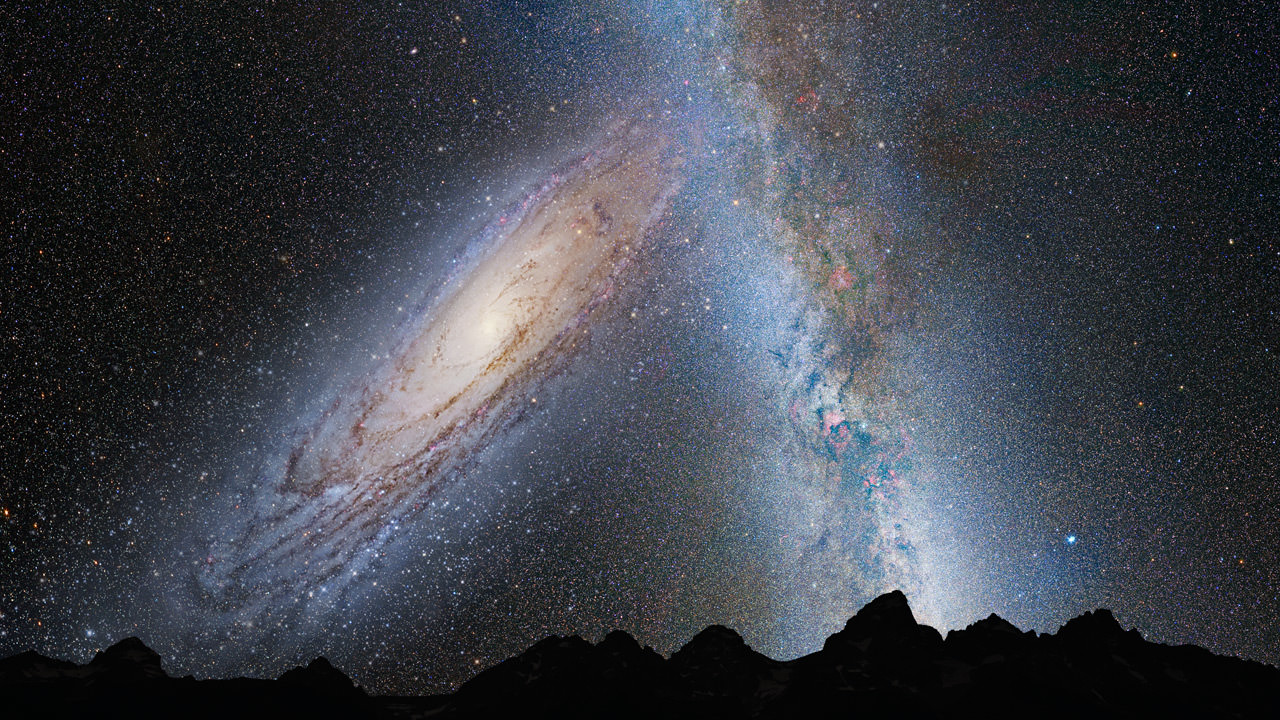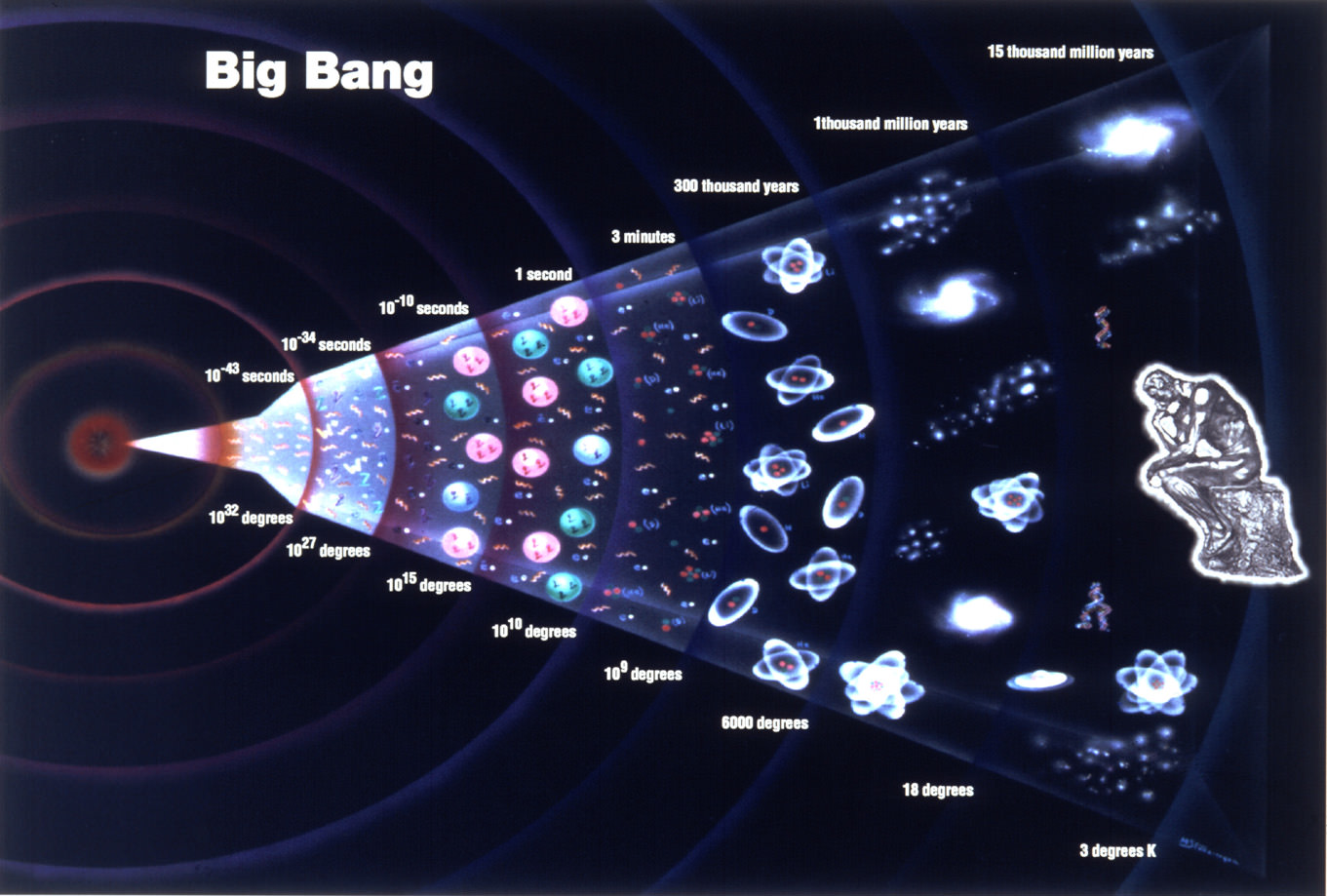In about 4 billion years, scientists estimate that the Andromeda and the Milky Way galaxies are expected to collide, based on data from the Hubble Space Telescope. And when they merge, they will give rise to a super-galaxy that some are already calling Milkomeda or Milkdromeda (I know, awful isn’t it?) While this may sound like a cataclysmic event, these sorts of galactic collisions are quite common on a cosmic timescale.
As an international group of researchers from Japan and California have found, galactic “hookups” were quite common during the early universe. Using data from the Hubble Space Telescope and the Subaru Telescope at in Mauna Kea, Hawaii, they have discovered that 1.2 billion years after the Big Bang, galactic clumps grew to become large galaxies by merging. As part of the Hubble Space Telescope (HST) “Cosmic Evolution Survey (COSMOS)”, this information could tell us a great about the formation of the early universe.
Continue reading “The Early Universe Was All About Galactic Hook Ups”


